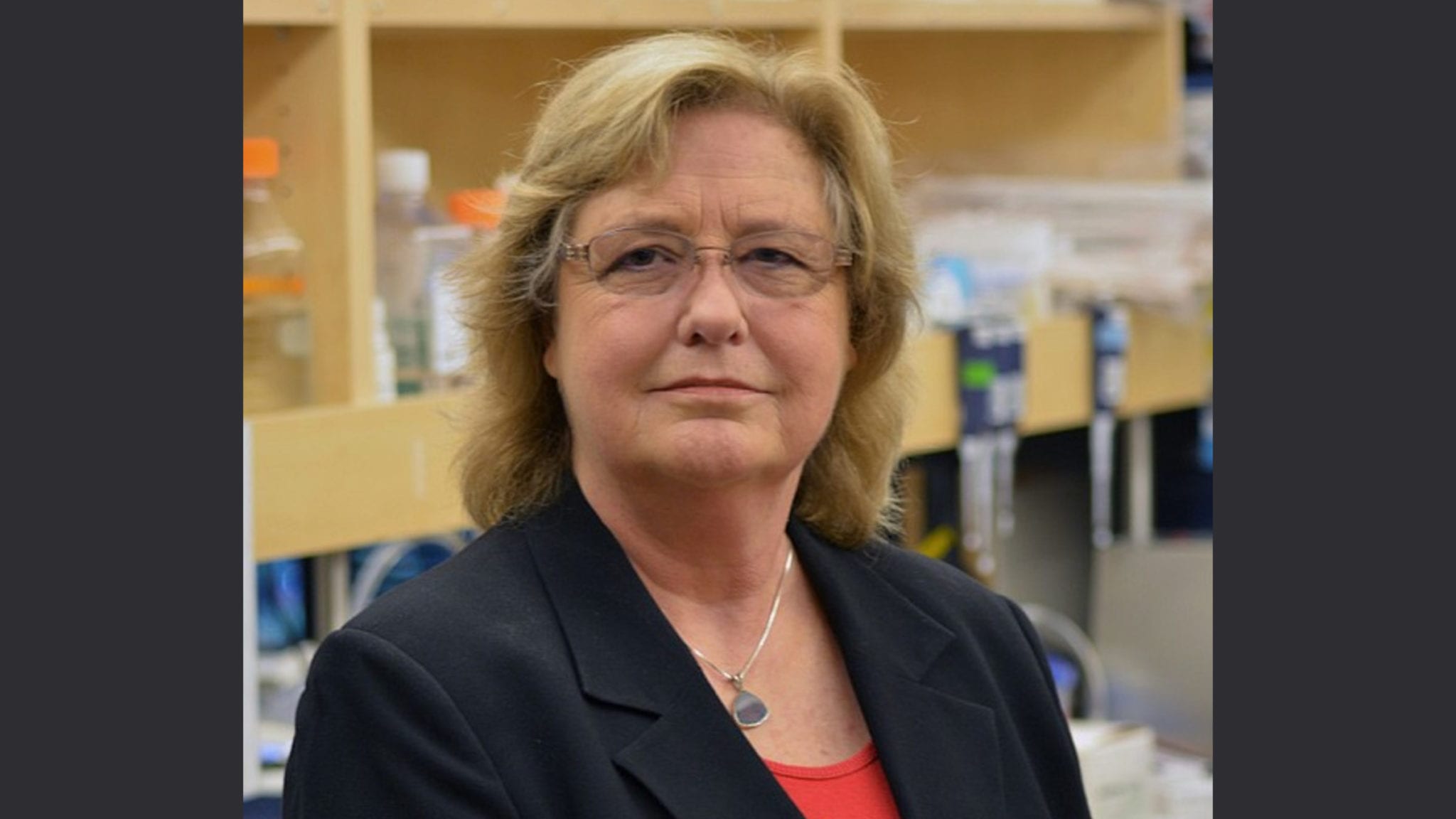
Parkinson's transplants emerge as stem cell pioneer Jeanne Loring joins R&D race
Jeanne Loring hadn’t studied Parkinson’s in 22 years when she got an email from a local neurologist.
The neurologist, Melissa Houser …
Sign up to read this article for free.
Get free access to a limited number of articles, plus choose newsletters to get straight to your inbox.